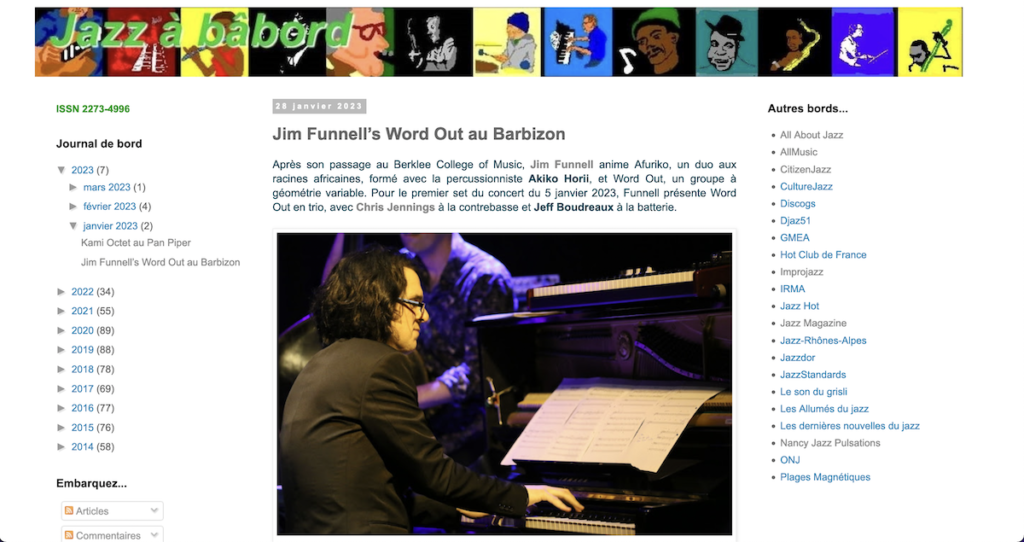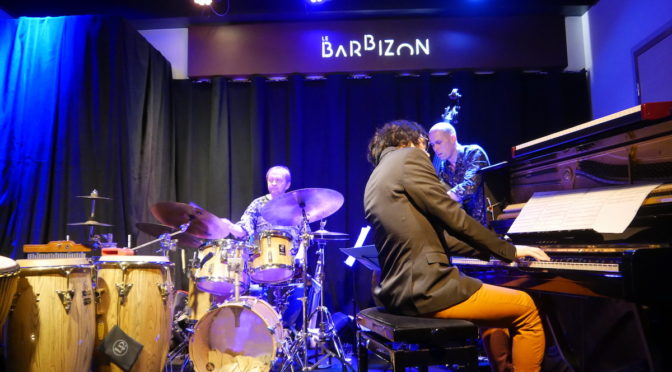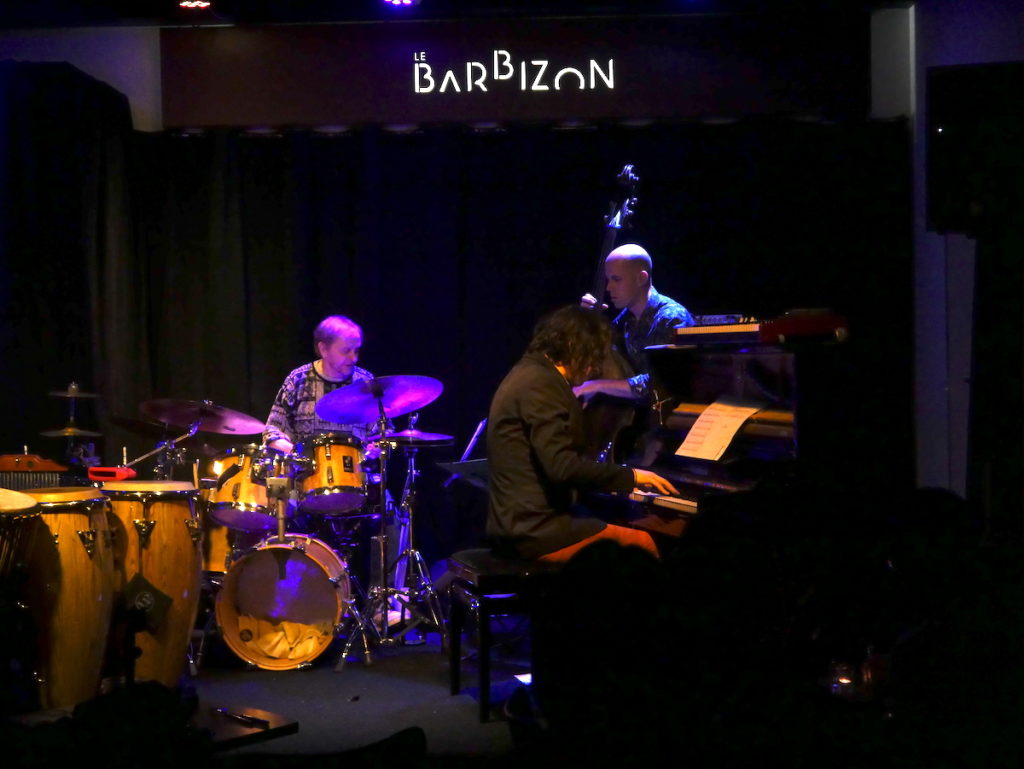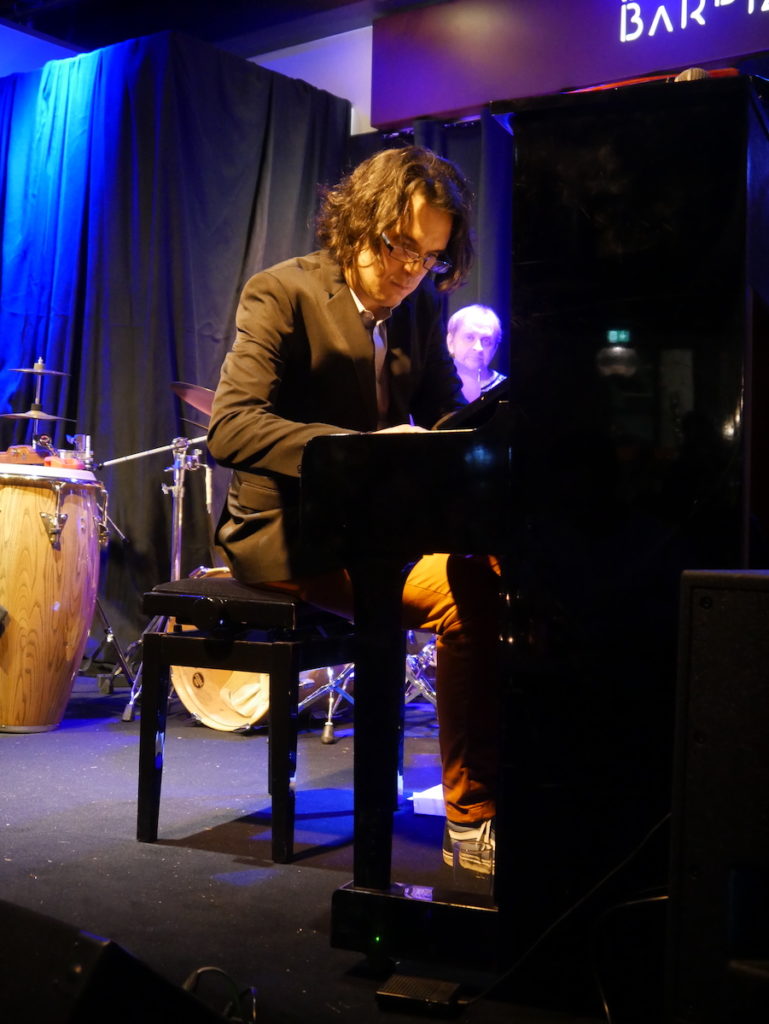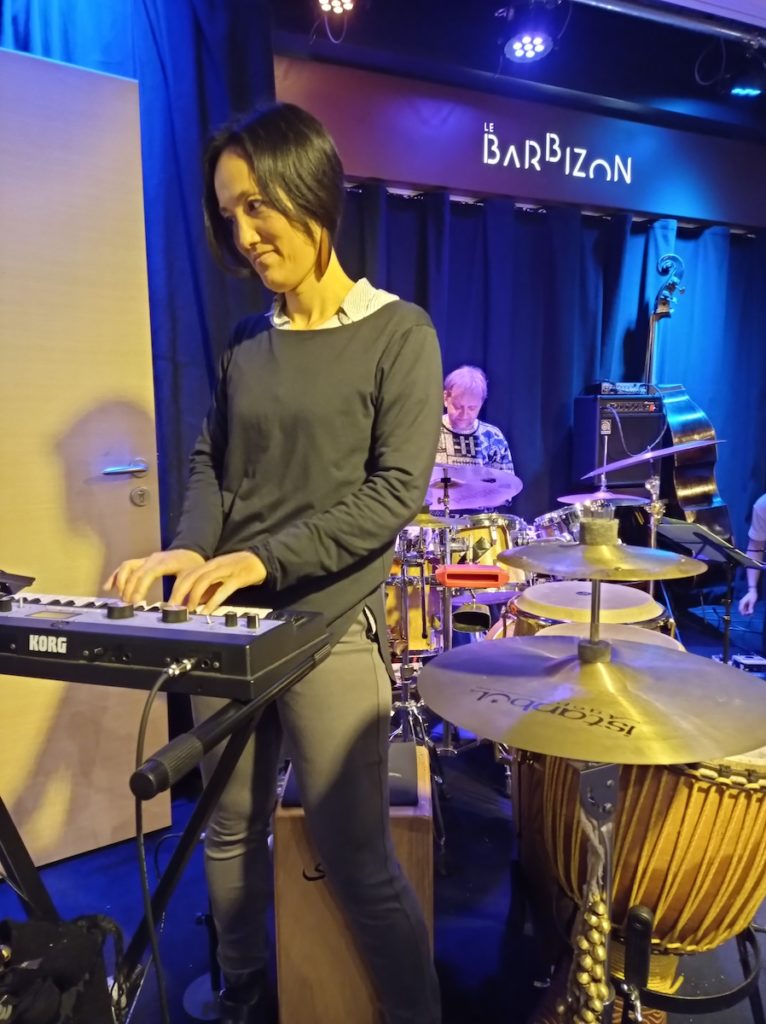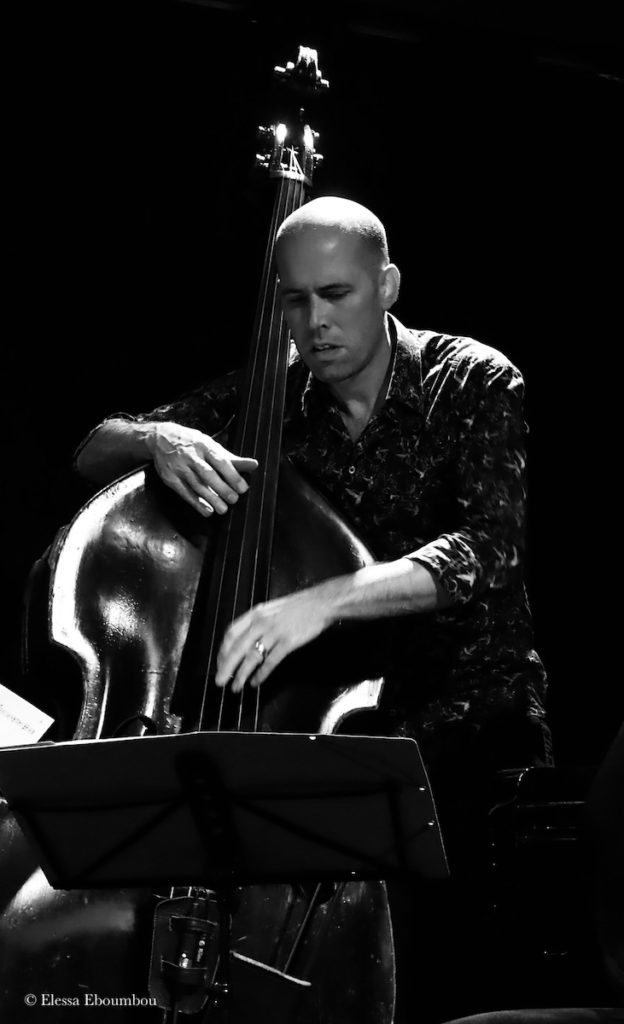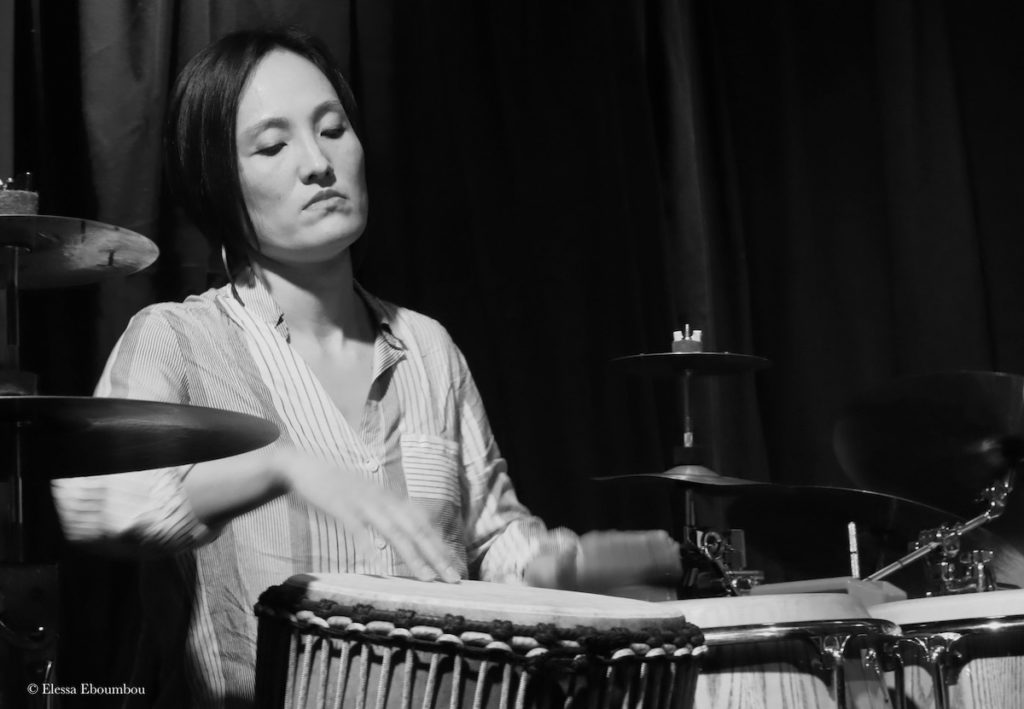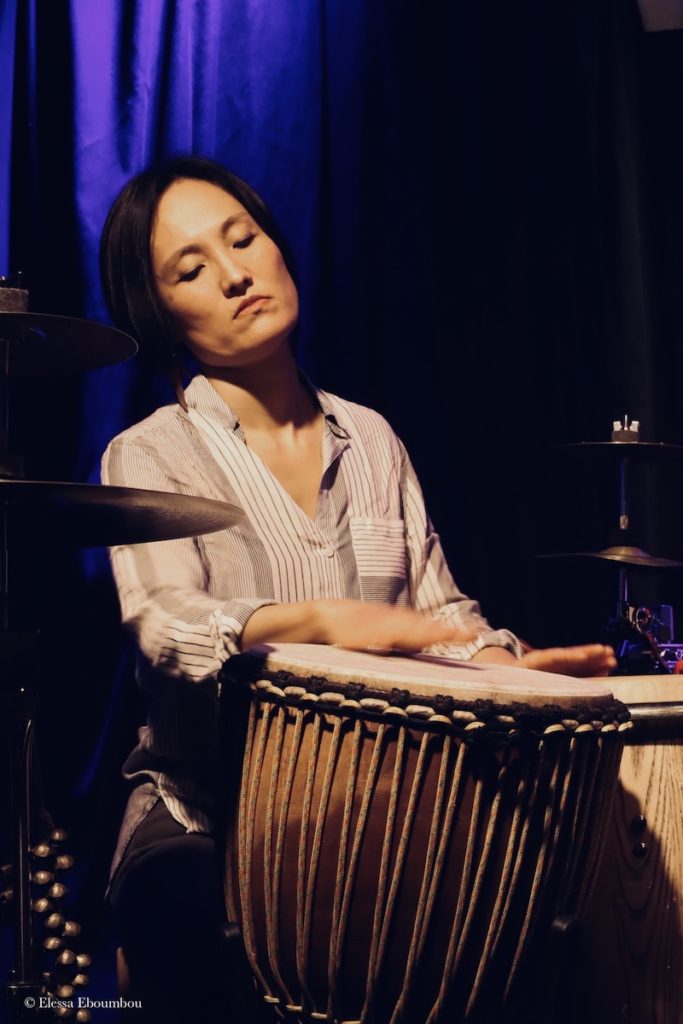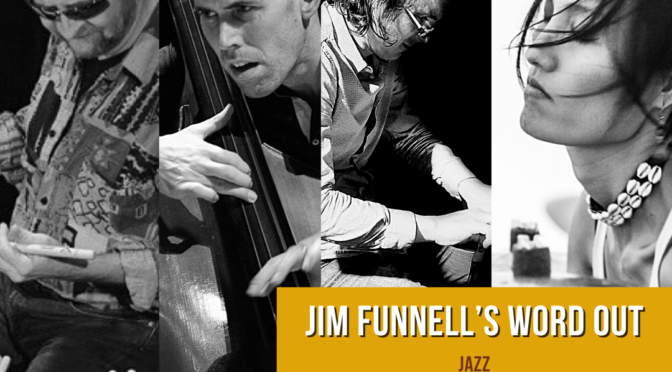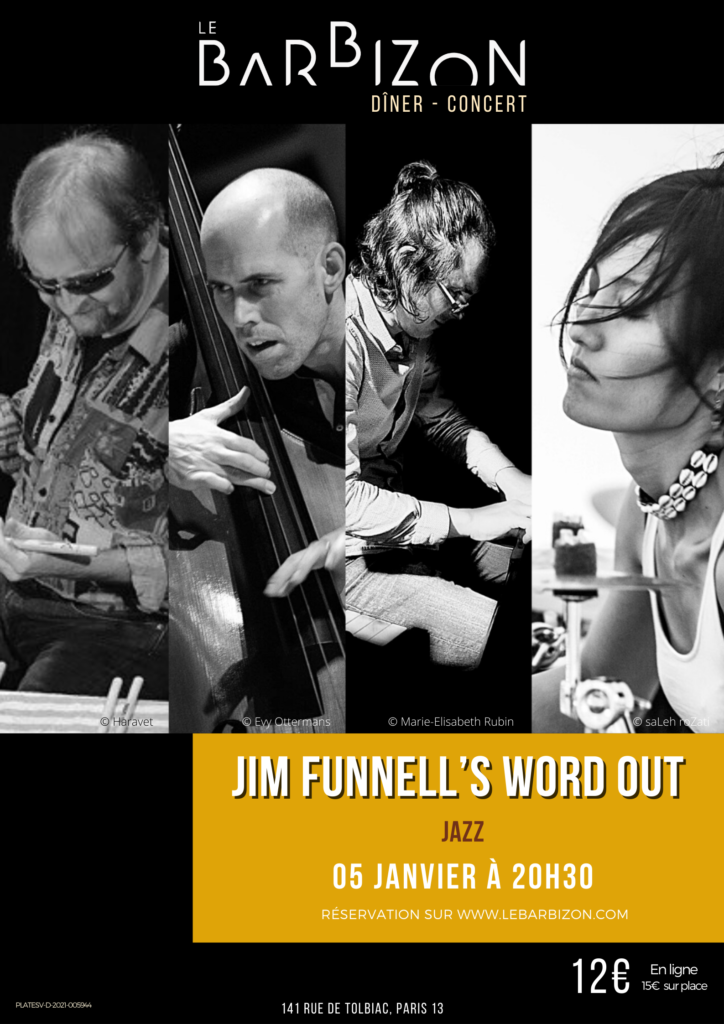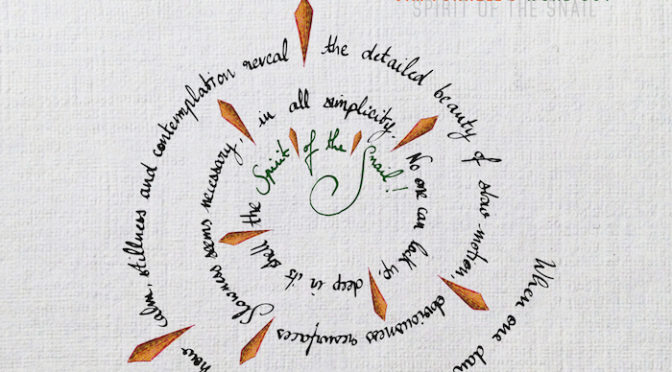🇫🇷 → les trois types de gammes mineures dans l’harmonie tonale occidentale
Natural minor
The natural minor scale corresponds to mode VI of the major scale, also known as Aeolian (for a comprehensive review on modes, see this post). In other words, it has the exact same notes as the major scale, but it begins and ends on the 6th scale degree of the major scale.
For example, the A major scale has the following notes: A B C# D E F# G# A. The sixth scale degree here is the note F#. F# natural minor is thus: F# G# A B C# D E F# (the same as the F# Aeolian mode).
Another way to look at this is to think that the tonic in any given natural minor scale is to be found a minor third below the tonic of its relative major scale.
For example, the relative minor scale of C major (C D E F G A B C) is A minor (A B C D E F G A). Indeed, there is an interval of a descending minor third between the two tonics, C and A (for a comprehensive review of intervals, see this PDF).
Harmonic minor
Most music students know that harmonic minor is “natural minor with a raised seventh.” But why do we call it harmonic minor? What exactly is harmonic about it?
Consider this: the chord built on the fifth scale degree in natural minor is a minor seventh chord (Emi7 in the key of A minor). To get a dominant-tonic relationship akin to the one we have in major keys (G7 to C for instance, with the tritone F & B resolving to the notes E & C), that minor third in the V chord needs to be raised by a half step. Vmi7 now becomes V7: a dominant chord with a major third (which is called the leading tone because it resolves up a half step to the tonic). With the scale reflecting this change in the V chord, we now have harmonic minor. That is: A B C D E F G# A in the key of A (here, the G# is both the leading tone of the A harmonic minor scale and the major third of its fifth degree, the E7 chord). Does that make sense? I hope so! And if it does, we can now move on to melodic minor…
Melodic minor / jazz minor
In the harmonic minor scale, the raised seventh creates an interval of an augmented second, a melodic “gap” so to speak, between the sixth and seventh scale degrees (some might say this results in an “exotic” or “Middle-Eastern” feel). This “gap” can be somewhat discomforting, particularly to a Western ear that expects a series of major and minor seconds, i.e. whole steps and half steps (as is the case in the major and natural minor scales).
Raising the sixth a half step (from F to F# in the key of A) makes the augmented interval disappear and “smooths out” the scale from an intervallic point of view. The result is what we call melodic or jazz minor. In A, we have: A B C D E F# G# A.
Looking at the scale from a different angle, one might notice that a given melodic minor scale would feature all the same notes as its parallel major counterpart, except for the third, which, of course, has to be minor (lowered by a half step when going from the parallel major scale to the melodic minor scale).
A note of caution: in classical music, the melodic minor scale is viewed as having distinct ascending and descending forms. Indeed, composers used to have recourse to one or the other, depending on the direction of their melodic lines. The ascending form (with both the major sixth and major seventh scale degrees) corresponds to what we simply call melodic minor — or jazz minor — in the jazz world. The descending form, on the other hand, corresponds to the natural minor scale (with its minor sixth and minor seventh). Thus we have, in A minor: A B C D E F# G# A G F E D C B A.
Summary
| Name | Example (in A) | Remarks |
| Natural minor | A B C D E F G A | Equivalent to the Aeolian mode. Relative of C major (both scales share all of the same notes). |
| Harmonic minor | A B C D E F G# A | Presence of the leading tone (raised seventh), which creates harmonic tension and yields the V7-Imi progression. |
| Melodic minor | A B C D E F# G# A | Equivalent to playing the parallel A major scale with a lowered third (minor instead of major). |
These three different types of minor scales are commonly found in the Western tonal system. There are, however, myriad other minor sounding modes (Dorian, Phrygian, Aeolian, and Locrian for example) and scales (such as the Hungarian minor scale or the minor pentatonic).



